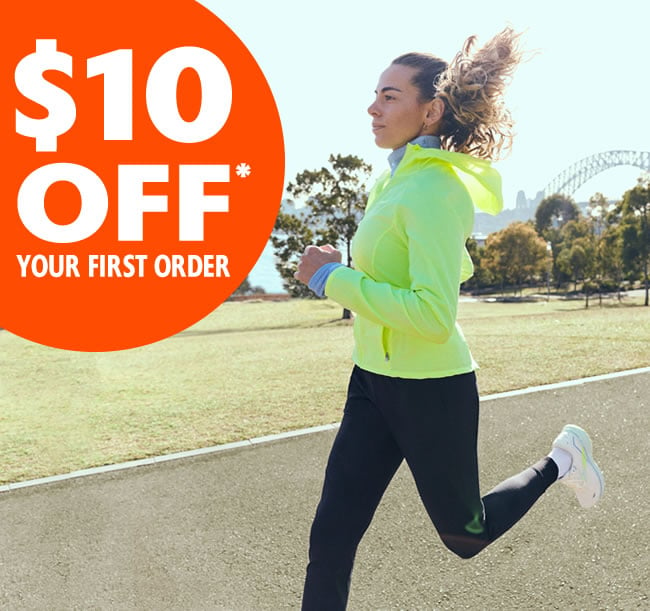Cross Training Shoes vs Running Shoes: What's The Difference?
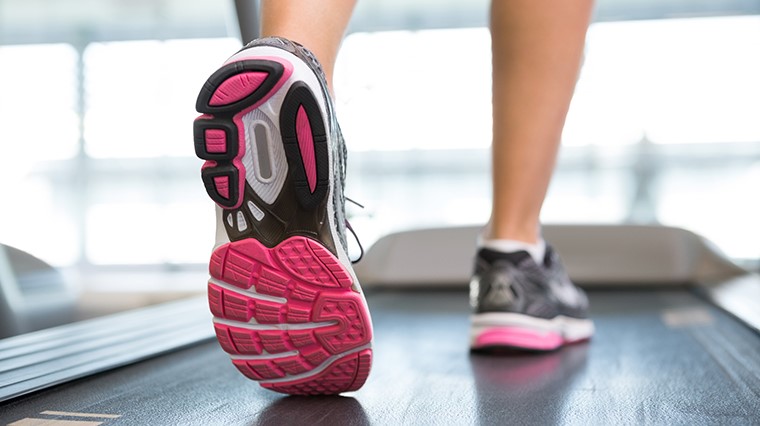
The line between cross training shoes and running shoes can appear muddy from the untrained eye – but for performance, comfort and injury prevention, it’s worth lacing up in the right shoe for the right sport.
Visually, running shoes and cross training shoes look similar but there are key factors that identify one over the other and dictate their suitability for particular workouts.
Running Shoes - Your Running-Specific Secret Weapon
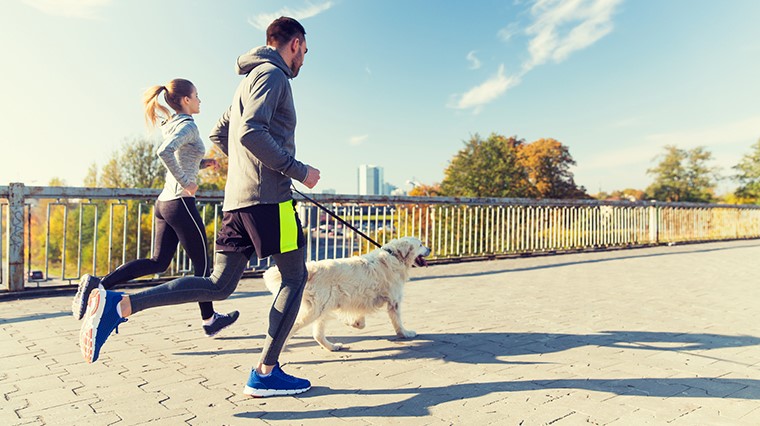
There are stacks of different categories of running shoes – from barefoot and minimalist running shoes, to highly cushioned running shoes and stability running shoes. Whether you’re hunting for a running shoe for leisurely weekend jogs or a high mileage machine for your next marathon, all have common traits.
Running shoes cater specifically to forward, heel-to-toe motion as you transition through the gait cycle. They’re built to withstand the repetitive, hard impacts of foot on pavement - not only in regard to the targeted durability of the shoe, but also in the cushioning they provide to disperse shock and protect your active feet. Of course, barefoot models like Vivobarefoot running shoes follow the philosophy that less is more, but we’ll touch on that in a separate article.
Non running-specific sports shoes including cross training and walking shoes aren’t designed to withstand the same level of impact forces - putting you at high risk of common running-related injuries like Plantar fasciitis, Achilles Tendinitis and other heel, knee and back pain if you wear them for your runs.
Cross Training Shoes - Your Versatile 'Hybrid' Sports Shoe
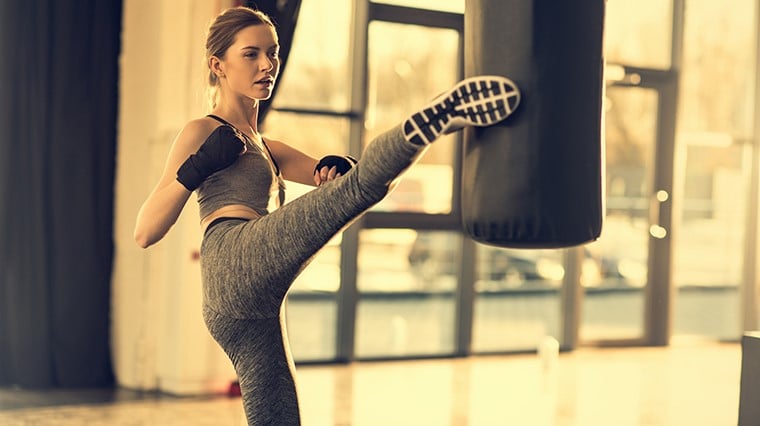
Whereas performance running shoes are built for heel-to-toe motion, cross training shoes prioritise side-to-side or lateral motion.
Cross training shoes are your everyday all-rounder and transition smoothly between different activities - from CrossFit, strength training and light jogs on the treadmill to court and racquet sports.
Being a ‘hybrid’ shoe, cross trainers offer a fusion of different characteristics - stability for weightlifting and agility for basketball, netball and dance-inspired aerobics like Zumba. They’re capable of the occasional light low-intensity jog, but for higher mileage runs and speedwork, specialised running shoes are essential to get the most out of your sweat session and ward off injury.
Heel Drop
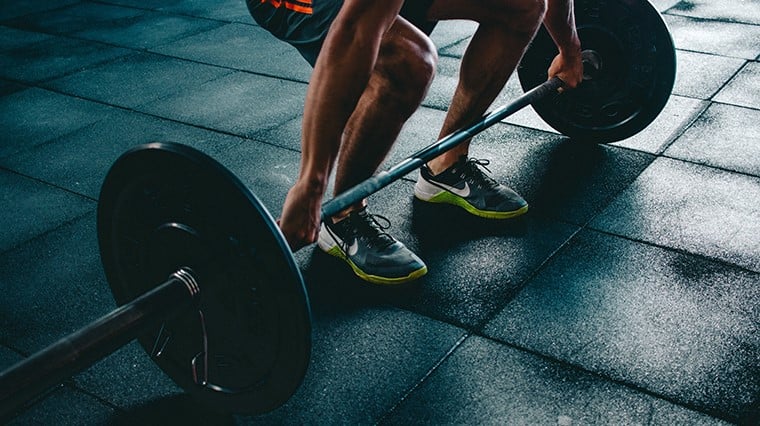
Put your everyday running shoe and cross trainer side by side and you may notice the difference between heel-to-toe drop. Heel drop, heel offset, heel gradient or heel pitch all refer to the same thing and that is the variance in height between the heel and forefoot of the shoe.
As a rough guide, traditional running shoes have a 10–12mm heel drop, minimalist running shoes have a heel drop of less than 8mm and barefoot running shoes as low as 0mm, with zero incline and a flat base to let your natural biomechanics take over.
Weightlifting or training shoes have a 0-2mm heel drop for stability under heavy loads and your all-rounder cross training shoes have a versatile drop of about 4-7mm.
For traditional running shoes, the drop is larger than cross training shoes to accommodate running-specific support and cushioning.
In general, the idea behind high heel drop running shoes with plenty of heel cushioning is to shift stress away from your lower leg including Achilles tendon and calf muscles, providing protection from repetitive impact forces as you hit foot to pavement.
Although high-end running shoe brands have found ways to deal with impact stresses, they can't beat physics completely. This may mean in transferring shock away from your lower leg, these running shoes with a higher heel drop may cause your knees and hips to cop more of the stress, and vice-versa for more minimalist running shoes with a lower drop.
A low heel drop in cross training shoes and netball shoes provides a closer connection with court surfaces for efficient pivoting and push off. By lowering the centre of gravity to root your feet firmly to the court and coupling it with lateral support, you get the stability needed to reduce risk of common court injuries such as ankle sprains.
For weightlifting, a lower heel drop encourages your body weight to be distributed evenly over your toes, balls of your feet and heels to support proper technique.
Outsole: Flexibility, Traction and Stability
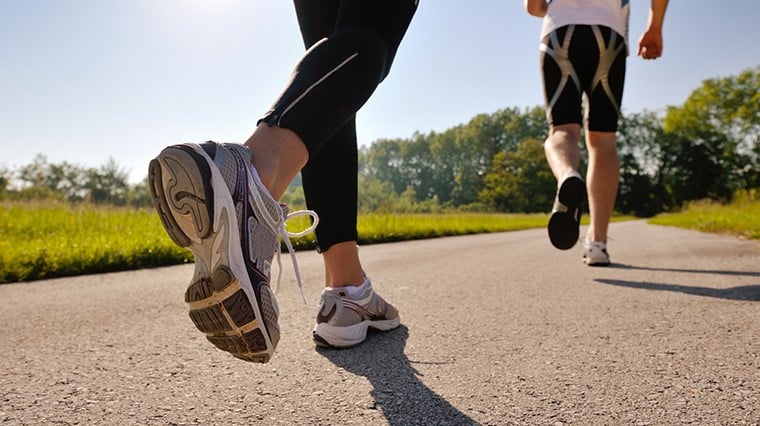
Running shoes are fitted with strategically placed outsole flex grooves to allow the shoe to bend with the foot naturally from heel-to-toe.
You may notice the toe of your running shoes curve slightly upwards when sitting flat on the floor. Paired with flex grooves for flexibility, this slight raise of the toe box or 'toe spring' in modern running shoes facilitates a smooth rolling motion as you transition through the gait cycle to propel your run forward and minimise energy wastage.
A stiff shoe just isn’t going to offer the same feeling of freedom or efficiency performance-wise when running. Typically running shoes are more flexible at the toe for natural motion and have a thicker heel than cross training shoes to withstand repetitive impacts.
On the flip side, stability is critical for cross training shoes and therefore, wider outsoles are the norm. Cross training shoe outsoles commonly extend beyond the upper and the grip may even wrap around the side of the shoe, providing support for side-to-side motion, durability to withstand pivoting on the netball court, traction for CrossFit rope climbs and a sturdy, stable base to keep you rooted to the ground during weightlifting.
Alike with running shoes, cross training shoes require flexibility, but it’s targeted in different zones to support multi-directional movement on hard surfaces - for everything from court agility to busting a move at Zumba class and performing side lunges or lateral burpees.
As the tread needs to tackle sudden braking, swift cuts, directional changes and sharp side-to-side motion, the outsole of a cross trainer will have a more aggressive traction pattern than your standard running shoe. Since they focus solely on traction for forward motion, a road running shoe outsole will be visibly smoother.
Midsole: Why Running Shoe Cushioning Is Overkill At The Gym
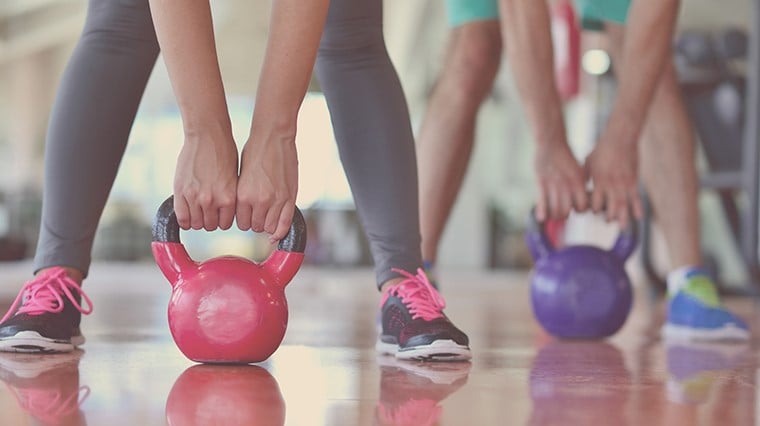
Midsole cushioning doesn’t necessarily need to transform the road into marshmallows beneath your feet, but for traditional running shoes, it must be plush enough to provide comfort to endure repetitive impacts, while remaining responsive.
Cross training shoes have a firmer midsole to avoid unwanted compression under heavy loads. Be aware that wearing running shoes for weightlifting may encourage improper posture as your body has the additional task of stabilisation to compensate for excessive cushioning.
For example, your knees may cave inwards during weighted squats, exposing them to higher strain and increased injury risk – and it’s difficult to unlearn poor form once it’s been trained into you. To put it simply, running shoes are too squishy for the gym and when you’re pumping iron, this can be a real danger.
Cross training shoes are flatter, harder and with a different degree of arch support than running shoes to provide a solid, stable platform for exercises such as squats, deadlifts and box jumps. Their heel support allows you to squat deeply safely.
Cross training in your running shoes will make the midsole break down prematurely. If heavy weightlifting is your thing, opt for weightlifting-specific shoes to save you some pain now and in the long run.
Why Running Shoes Don’t Belong On The Court
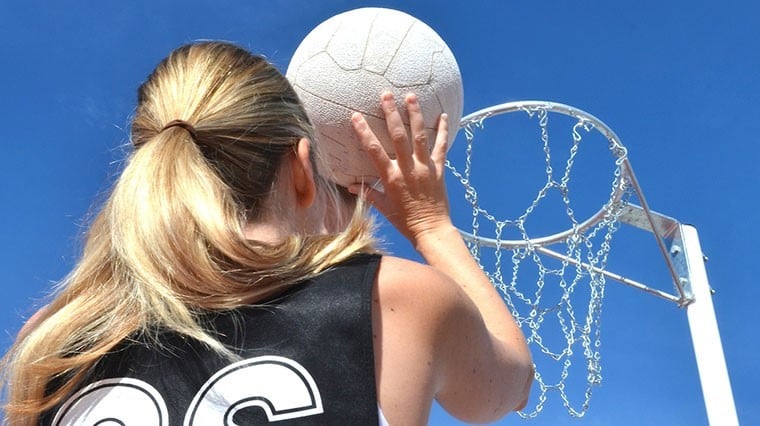
In terms of court sports like netball, squash, volleyball, tennis and basketball, the shock-absorbing and bounce-back qualities of running shoe midsoles do seem fitting at first glance. However, running shoes lack the lateral support and court-specific technologies to safely intercept the ball, dodge and perform court-specific stop-start movements without rolling an ankle - and your safety should be first and foremost.
A cross training shoe can be used in a pinch for court sports, but there are also sport-specific shoes like netball shoes, basketball shoes and tennis shoes that have unique characteristics and technologies for the respective sport.
For example, if you’re looking for the feel of a running shoe on the court, Asics have released the Asics Gel Netburner Professional FF netball shoe that injects the lightweight and responsive FlyteFoam midsole used in their high-end running shoes into a court-ready, supportive netball shoe.
Upper: Breathability, Durability And Structure
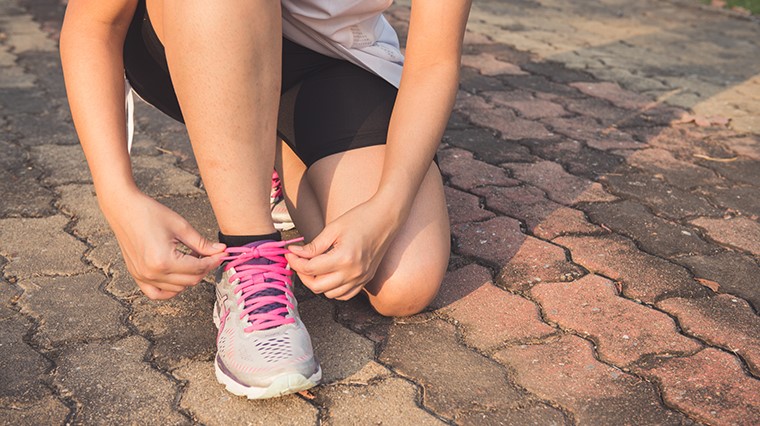
If you’ve ever run in any shoe other than a running shoe, you’ll know it can feel like a stuffy, suffocated coffin for your feet. All the best running shoes have one thing in common - breathability. Without it, sweat runs wild - not only causing discomfort, chafing, and distracting you from performance, but creating moist, humid conditions that athlete’s foot causing fungus love - which is bad news for your feet.
Nobody loves the feel of peeling off sweat-soaked socks post-run. Mesh or knit are the go-to materials to allow air to flow freely on your runs so your feet can breathe and to prevent sweat and humidity from becoming trapped inside the shoe. Running shoe upper materials are often adaptive and stretchy to accommodate the natural expansion or swelling of your foot as you run. Not only is mesh breathable, but it’s very lightweight.
Generally cross training shoes aren’t upheld to the same breathability demands of running shoes. Yes, they’re still breathable but they tend to prioritise a reinforced structure over breathability, with a more durable feel and thicker upper materials. Synthetic or premium natural leather uppers are common among leading Asics cross training shoes, Brooks cross training shoes and New Balance cross training shoes.
Upper perforations help maintain ventilation while the leather itself is well-suited to providing lateral stability without being overly bulky. Top brands of cross training shoes also offer mesh uppers, or a combination of mesh and natural or synthetic leather to keep your ride that little bit airier.
Weight
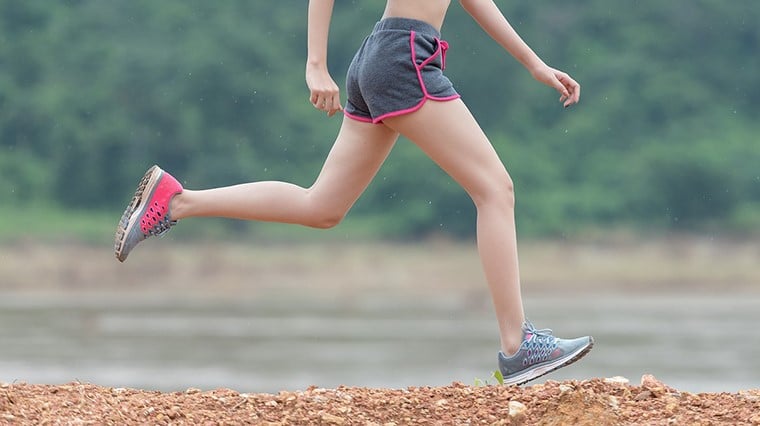
The last thing you want on your runs is a shoe that weighs you down in any way. Your running shoe should feel light and springy underfoot. As we mentioned previously, mesh upper materials go a long way to achieving this.
A lighter weight can mean a trade-off for less cushioning, but leading running shoe brands understand the need for both. For example, Asics have paved the way with FlyteFoam midsole technology that we touched on previously to fulfil that exact need - shock-absorbing cushioning and responsiveness in a lightweight package.
On the contrary, cross training shoes tend to be fractionally heavier than running shoes to prevent any compromise to support - stripping off excess weight is counterproductive when the goal is to maintain that stable, wide platform for a secure lockdown to plant your feet firmly to the ground.
Cross training shoes typically are more rigid and durable than light and flexible running shoes to allow them to tackle a beating under the heat of multiple sports, which translates to more weight. However, when used appropriately, both are tuned to fit the needs of their wearers.
To Lace It Up In A Neat Package…
If you’re a road warrior, it may be tricky to part with your trusted running shoes when you take your fitness beyond the pavement, but know it’ll prolong their lifespan and give you the best chance of hitting a new PB with the right gear. Training or court sports in your running shoes should be avoided to ensure you get the most miles out of them as you can.
The cloud-like cushioning of your favourite running shoes that floats away fatigue when hitting the pavement can be detrimental to your posture, performance and safety at the gym, and the lack of lateral stability makes them unworthy for the court.
On the flip side, sticking only to running shoes for running – particularly for regular running or distances longer than 5km - will also save you from the dreaded ‘lead legs’ and minimise your risk of ending up on the sidelines due to injury.
Cross training shoes are for exactly that – cross training. However, if you have a sport that you practice above all others or more than 3 times a week, do consider gearing up with a sport-specific shoe to get the most out of your performance – whether it be running, tennis, netball, weightlifting or whatever your sport.
